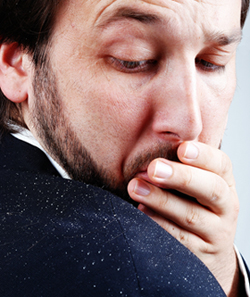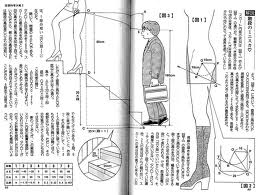Against dandruff and scalp troubles during dry winter in Japan
Scalp care shampoo in Japan
Winter in Japan is very cold and dry, which causes skin troubles for many people, especially for dry skin. Scalp care is very important in winter seasons in Japan. I am the one who went through lots of troubles for scalp care. For business men, wearing suits, you might have had a trouble for dandruff. In general, I love to wear black clothes, but in the winter season, I avoid wearing it in Japan.

Dandruff is always my trouble during winter time and tried so many shampoos and scalp care products after I got back from California. I had used Head&Shoulders Shampoo while I was in California, and tried in Japan.
Well, it did not work in this super dry weather. I have tried famous Japanese medicated scalp care products such as H&S and Scalp-D. Both can be seen widely in TV commercials.
Well, both did not work for me. I actually worked for few weeks, but did not not solve completely.
Finally, I went to see local skin care doctor (Hifuka 皮膚科), and he recommended me a magical shampoo “Collage FuruFuru”.
It costs around 25 bucks for 400ml, and I think it is expensive for a shampoo, but it solves dandruff problem completely. It also helps to prevent hair loss. This is the product I was looking for long time.
If you are having dandruff trouble in Japanese winter or in general, this would be the solution.
コラージュフルフルネクスト シャンプー うるおいなめらかタイプ 400ml




